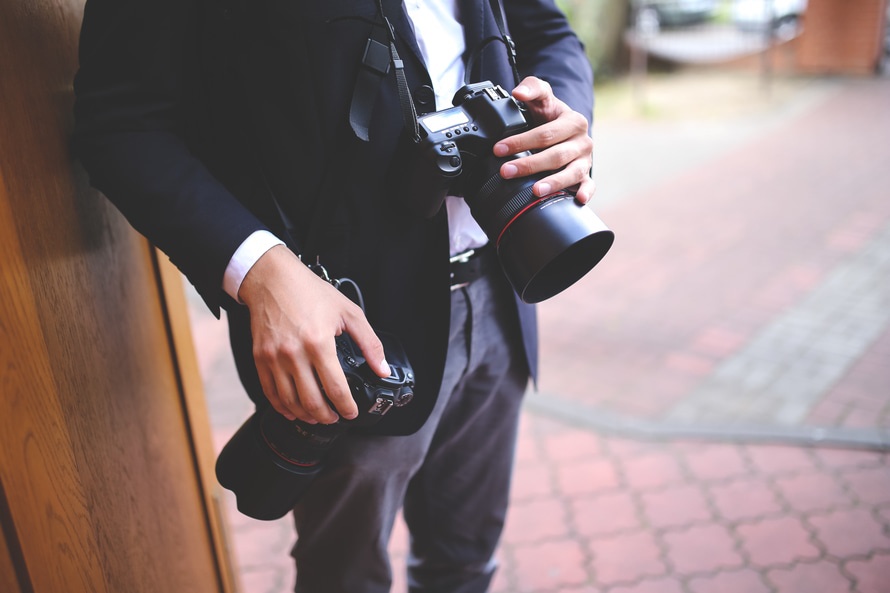
Art and culture are interlocked intimately. Art reflects culture and culture shapes art. In the arena of politics, how have artists changed the world? With the high number of artists and muscians at the political conventions this summer, David Brooks of The New York Times looks into just that question.
Brooks writes:
As usual, there were a ton of artists and musicians at the political conventions this year. And that raises some questions. How much should artists get involved in politics? How can artists best promote social change?
One person who serves as a model here was not an artist but understood how to use a new art form. Frederick Douglass made himself the most photographed American of the 19th century, which is kind of amazing. He sat for 160 separate photographs (George Custer sat for 155 and Abraham Lincoln for 126). He also wrote four lectures on photography.
Douglass used his portraits to change the way viewers saw black people. Henry Louis Gates Jr. of Harvard points out that one of Douglass’s favorite rhetorical tropes was the chiasmus: the use of two clauses in a sentence in reversed order to create an inverse parallel.
For example, Douglass wrote, “You have seen how a man was made a slave; you shall see how a slave was made a man.”
And that’s what Douglass did with his portraits. He took contemporary stereotypes of African-Americans — that they are inferior, unlettered, comic and dependent — and turned them upside down.
Read the full article here.
This model can be expanded onto video. Video sits at a intersection between artform and mode of communication. This is something that is not unique to video, but is hightened in a way that has not been common before. In video there is both a high regard for the information that it is conveying (the story, the facts, the characters) and the aesthetics (the look and feel of it). Both parts of video are important and key to making a successful video. If your video is filled with very important and relevant information but looks terrible, no one will watch it; if your video looks beautiful but is void of any information or story, no one will watch it long.
Video has the potential, as a very persuasive communicative medium, to be a powerful tool for political and cultural change. The reality is that we have already seen this before with video (or at least film). During the 1960's the horrors of the Civil Rights Movement and the Vietnam War were televised regularly and had a real impact on the way that the public viewed those two issues.
Now, with the proliferation of small cameras and easy distrubution platforms, people have the ability to apply the same scrutiny to any issue close to them. Be it refugees, victims of police brutality, or economic strife, people have the ability to get their story out, and out there using what has become a very powerful medium. Just look to Brook's example of Douglas. What he was able to accomplish with a photo. As they say: A photo is worth a thousand words. Apply that to video, 24 frames per second, and the results should be astounding.


